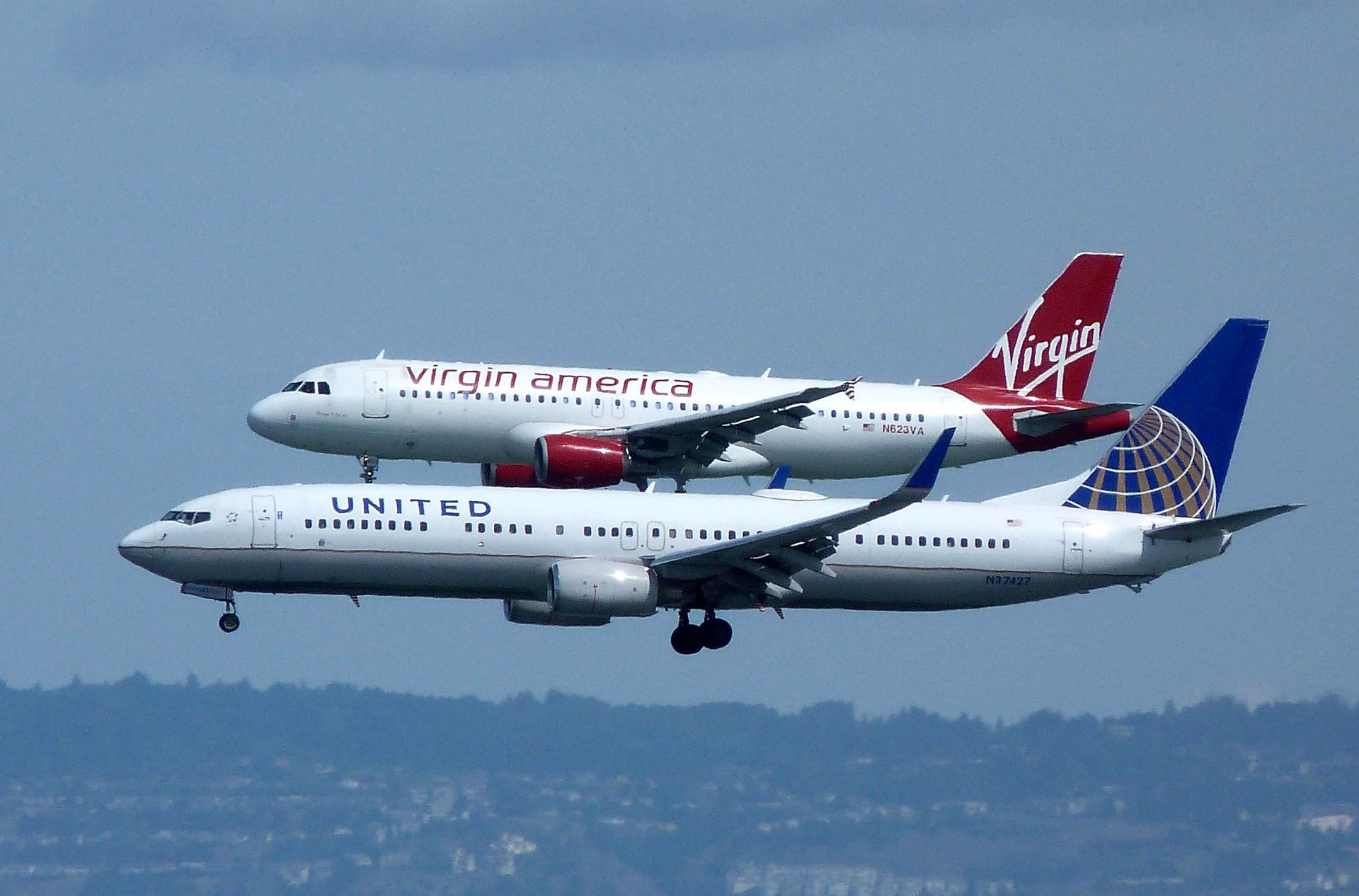Designing for Compliance: The Aerospace Industry
Why is this such a critical aspect of your company's operations?
Reporter: Good morning, Mark. Thank you for taking the time to speak with me today. I'd like to discuss the importance of clear and durable identification of aircraft, parts, and equipment in the aerospace industry. Can you start by telling me why this is such a critical aspect of your company's operations?
Mark: Ah, thank you for having me. Yes, clear and durable identification is crucial in our industry. Without it, it's nearly impossible to ensure the safety and efficiency of our aircraft and the people who operate them. Think about it: when you're dealing with complex systems and intricate components, it's easy to misidentify or misplace parts. That's why we rely on metal labels to provide a permanent and tamper-evident means of identification.
Reporter: That makes sense. Can you give me an example of a situation where clear and durable identification made a significant difference in your operations?
Mark: Absolutely. We had a situation where a critical component was mislabeled, and it took us weeks to identify the correct part. In the meantime, our maintenance team was delayed, and our production schedule was impacted. If we had used metal labels, we would have avoided that delay and ensured the correct part was installed in the first place.
Reporter: Wow, that's a great example. How do you ensure that your metal labels are durable enough to withstand the rigors of your industry?
Mark: We work with suppliers who specialize in producing high-quality, durable labels that can withstand extreme temperatures, chemicals, and physical stress. We also conduct regular inspections to ensure that our labels remain legible and intact throughout their lifespan.
Reporter: That's impressive. What about the importance of clear labeling in terms of compliance with regulations and industry standards?
Mark: Compliance is a huge aspect of our operations. We have to ensure that our labels meet or exceed industry standards and regulations, such as those set by the Federal Aviation Administration (FAA) and the International Civil Aviation Organization (ICAO). Clear and durable labeling helps us demonstrate compliance and ensures that our aircraft and components meet the highest safety and quality standards.
Reporter: That's fascinating. Are there any specific challenges you face in terms of implementing clear and durable identification in your operations?
Mark: One challenge we face is ensuring that our labels are compatible with our existing systems and processes. We have to integrate labeling into our supply chain, manufacturing, and maintenance operations seamlessly. It requires careful planning and coordination to ensure that our labels are applied correctly and consistently.
Reporter: I can imagine. Finally, what advice would you give to other companies in the aerospace industry who are looking to improve their labeling practices?
Mark: I would advise them to prioritize clear and durable labeling from the outset. It may seem like a small detail, but it can have a significant impact on safety, efficiency, and compliance. Don't underestimate the importance of labeling – it's a critical component of our operations, and it deserves the same level of attention and resources as any other critical system.
Reporter: Well, Mark, thank you for sharing your insights with us today. It's clear that clear and durable identification is a top priority for your company, and we appreciate your candor.
Mark: Thank you for having me. It's an important topic, and I'm happy to share our experiences and best practices with others in the industry.











